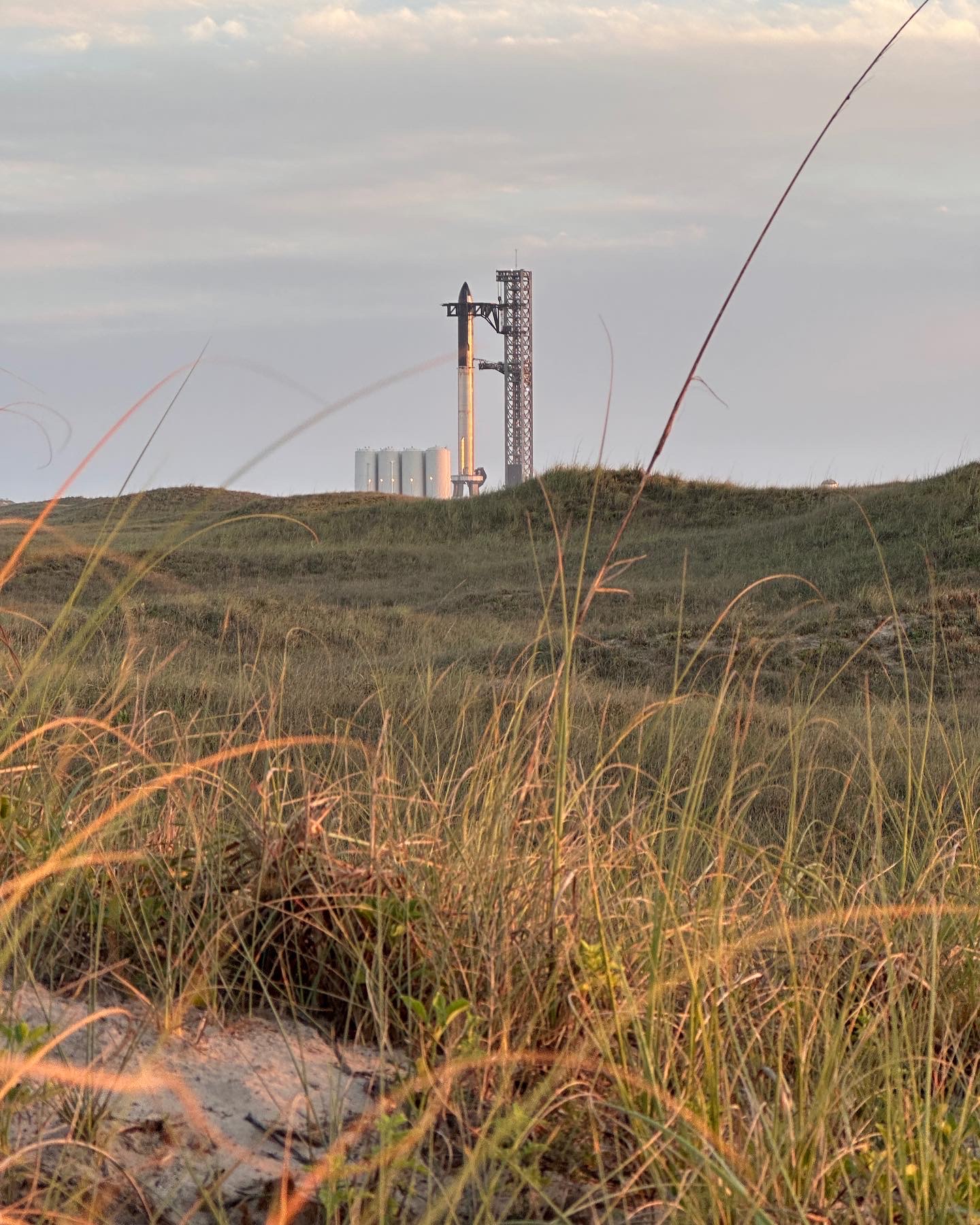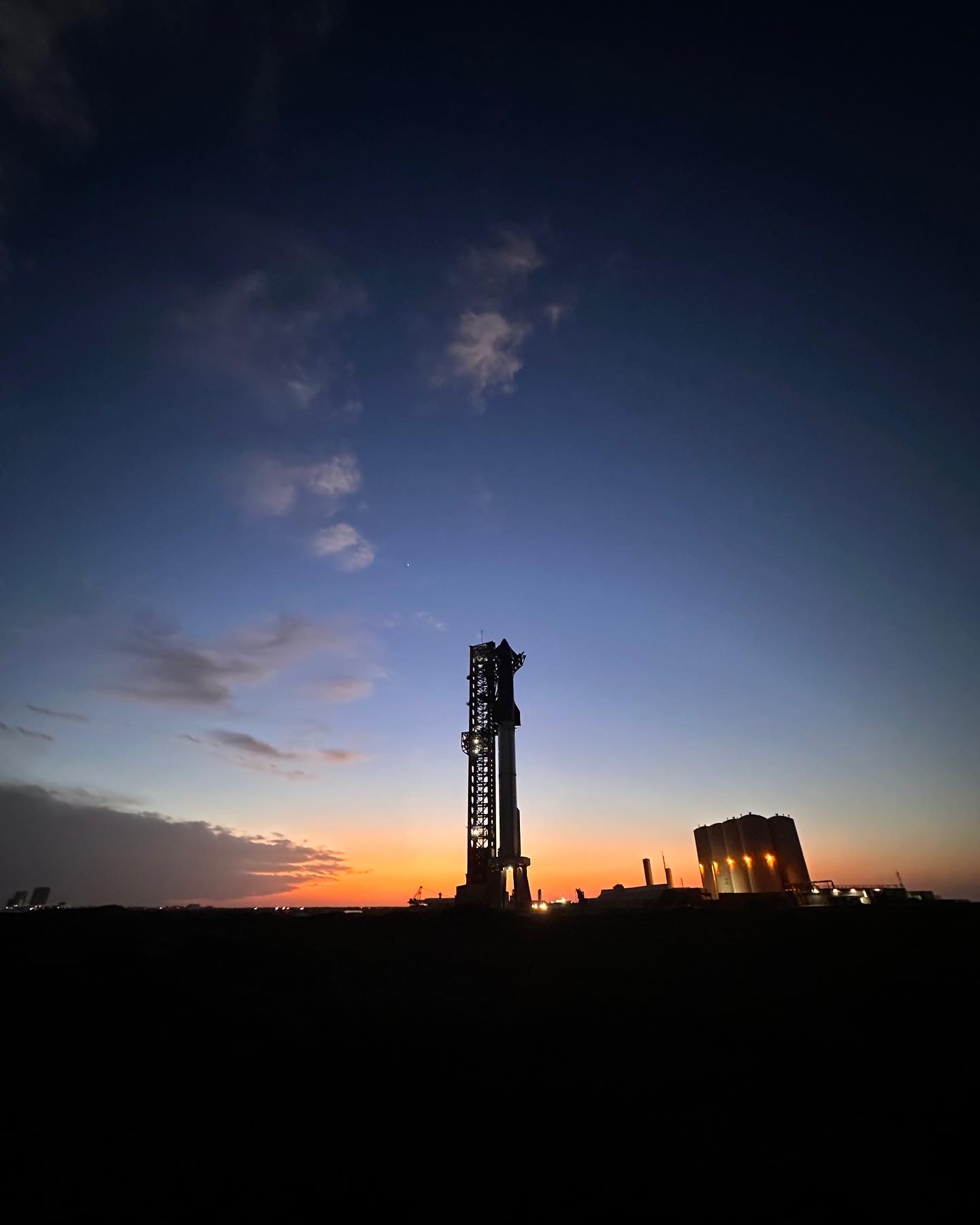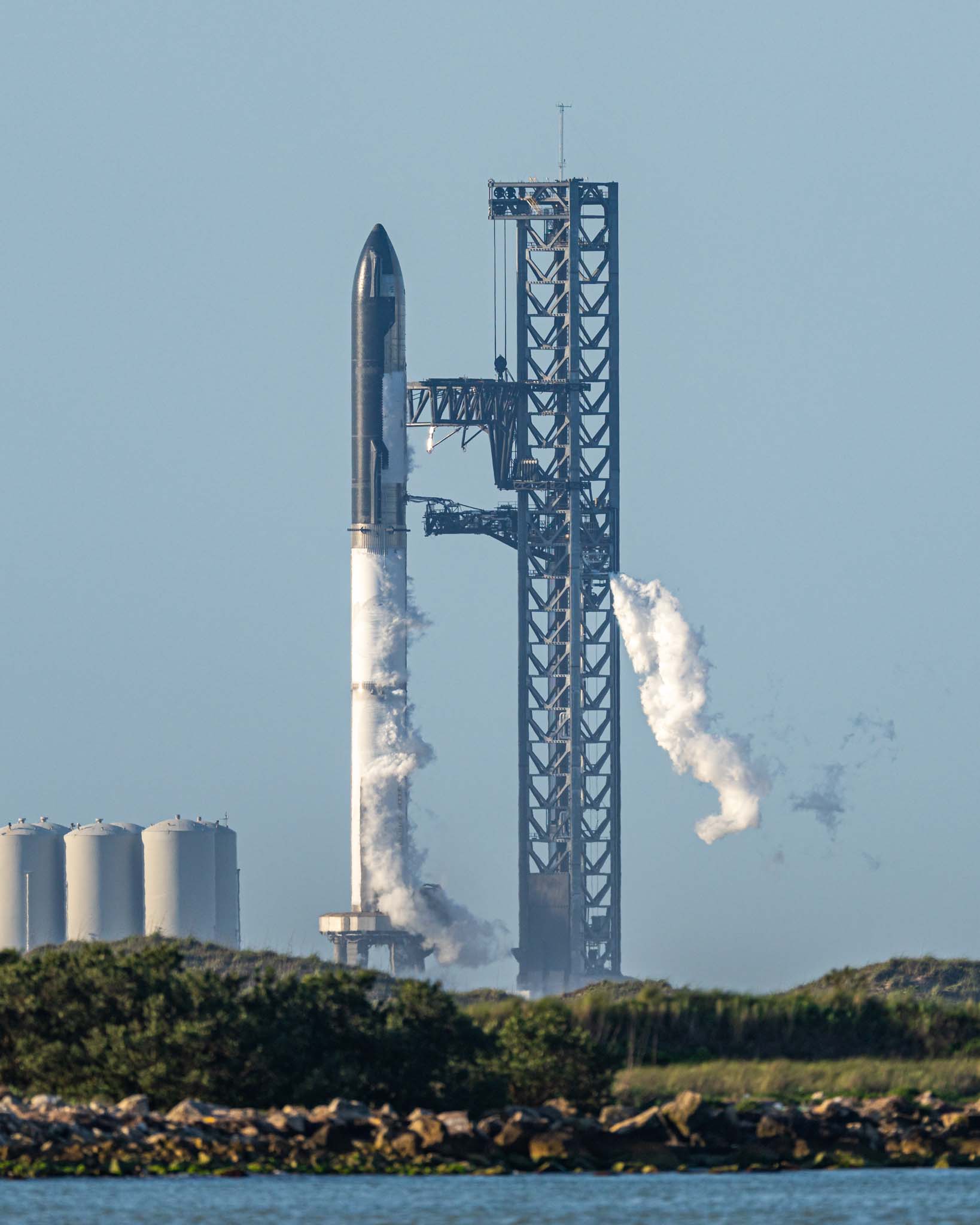It was a cool morning. Excitement was palpable as the countdown approached zero. At the appointed time, the launch button was pressed, resulting in enormous combustion as the launch vehicle soared upward.
Disaster struck, however. During flight, the rocket exploded. The failure was costly, the environmental damage was vast, and it was a public debacle. Debris from the rocket destroyed vehicles and started fires. Those around the launch area were advised to keep their windows closed and air conditioning systems turned off since some of the fuel vapors could be toxic.
I am, of course, not talking about SpaceX’s Starship test launch last week. I’m talking about NASA’s launch of the GPS IIR-1 satellite, which failed just seconds into flight in 1997.
I could also be talking about the famed “Kaputnik” failed launch of the Vanguard 1 satellite in 1957.
Space is Hard
It’s been a long time since Challenger and Columbia. Spaceflight has seemingly become routine and unremarkable, largely due to lessons learned from explosive test flights, launch failures, and, sadly, crew losses. It’s been 20 years since the Columbia disaster and 37 years since Challenger. Generations have passed without seeing live broadcasts of space disasters.
NASA’s test flight of their “new” SLS rocket on the Artemis I mission was largely regaled as a success, although it was plagued by launch delays. Private companies like SpaceX and Blue Origin are reusing rockets in ways only dreamed of by early rocket scientists. It’s almost tempting to think that space has been “solved”.
Make no mistake about it, though: space is still hard, and the explosive end to SpaceX’s inaugural test flight of its Starship vehicle has brought with it public outcry and criticism of SpaceX founder Elon Musk.
Here’s why Starship is important
Listen. This is a travel blog. I love to travel and I believe rockets like this are the future of travel to earth orbit and beyond. Space travel will someday be ubiquitous for people who are alive right now.
But what makes SpaceX’s Starship so special?
Put simply: it’s the largest and most powerful rocket in the history of our species. It dwarfs the Space Shuttle, SpaceX’s own Falcon 9, and even the venerated Saturn V. Coming in at 390 feet tall and 30 feet in diameter, it is basically the same height as a 40-story building.
Starship’s size is ambitious because its mission is ambitious. This is the rocket that will take humanity to Mars and back to the Moon. To do that, you want a large enough vehicle to take plenty of supplies with you. Starship has the size, the pressurized volume, and the engines for the job, all while being fully reusable.
Those last two words are incredibly important. Right now, SpaceX is the only launch provider with reuse capability for orbital-class rockets, albeit only the first stage of the Falcon 9 rocket. Starship is designed to be completely and rapidly reusable, the engines being capable of launching multiple times per day. At least that’s the goal.
Starship testing
The past few years have seen near-constant test activity at SpaceX’s experimental launch facility along the US-Mexico border on the southern tip of Texas near a village called Boca Chica.
There have been pressure tests that failed. There have been launch simulations that ended in enormous fireballs, part of any test campaign.
SpaceX had tested everything they could on the ground. At a certain point, you have to fly a test vehicle to see how it flies and compares to your simulations. So SpaceX did it, accomplishing numerous milestones during 38km of flight. The launch ended prematurely as the vehicle exploded in a fireball just minutes into the launch.
That explosion is what has everyone talking.
Last week I made my way down to South Texas to see Starship off on her maiden voyage. Some friends and I visited the launch vehicle the night before its first test launch, taking some great pictures of an incredible sight.
I was on the jetty at Isla Blanca Park on South Padre Island last Monday. I had taken my place for the launch, catching some great pics of the Milky Way over the launchpad only 5 miles away.
Thousands dotted the shores of South Padre, ready to see history. Patrol boats scoured the waters to ensure humans were out of harm’s way.
…and it was all for naught. A frozen valve prevented the launch. As propellant was vented from Starship’s tanks, disappointment reigned in the crowd, but everyone knew this was a possibility.
The rocket did not launch that day. A few days later, though, it would launch, and it would be spectacular.
April 20, 2023: Starship Day
I wanted to be back down there for the next attempted launch of Starship but wasn’t able to make it down again (it’s a brutal drive, 11 hours one-way from Dallas #texasisbig).
The countdown approached zero on SpaceX’s live broadcast while the distinctive voice of John Insprucker counted down important events on the way to launch.
And then they did it.
They launched the entire thing. My buddy Max Evans captured it for NASA Spaceflight.
View this post on Instagram
An enormous plume of dust enveloped the rocket before it slipped the surly bonds of Earth’s gravity and made its way toward the skies.
It cleared the tower to the din of cheers from SpaceX headquarters. Quickly, things started to go wrong. Starship has 33 engines, and it was clear from the exhaust plume that some of them were not working.
The rocket continued towards the skies and its next milestone: stage separation. But it was for naught. The rocket flipped multiple times before exploding at roughly 38km.
View this post on Instagram
Was this really a failure?
No. Also, yes.
There were innumerable things that went wrong during the test flight. Engines failed, things got a little blowy-uppy (to use a scientific term), but the main failure was the launch pad itself. The full thrust of 33 Raptor 2 engines shattered the concrete landing pad, sending superheated concrete into the skies around the launchpad, taking out vehicles and cameras and creating a massive debris field of concrete, rebar, and metal shards from Starship.
The launch pad should’ve held up better, full stop. The cleanup efforts around the launch site will take weeks and analyzing what went wrong with the pad (and fixing it) will take months.
But did the vehicle explosion downrange really constitute a total failure? Not really, in my opinion. Had everything gone to plan, the first stage of Starship would’ve landed softly in the Gulf of Mexico before opening vents to flood itself and sink. The second stage’s plan was to separate, fire its own engines, get nearly to orbital velocity, and travel roughly 3/4 around the planet before slamming into the ocean north of Hawaii.
The vehicle was always going to crash, it was just a matter of where.
Like I mentioned before, there is only so much testing you can do on the ground. Eventually, Orville and Wilbur Wright had to try flying their experimental plane. NASA had to launch the Space Shuttle (the first launch even had crew in it!). SpaceX had to launch Starship.
The flight data they gathered was incredibly valuable and will help SpaceX refine their simulations and modeling for the next test flights.
So, what now?
SpaceX and numerous government agencies (FAA, NTSB, EPA, etc.) are reviewing flight data while undertaking a large cleanup effort. Communities near the launch site are considering the impact of routine launches from Boca Chica, now that they’ve experienced the noise and vibrations of 33 Raptor 2 engines.
The larger media organizations are asking valid questions under over-caffeinated headlines. There will be huge reports written from the post-mortem of Starship’s first test launch.
I also wonder if a lot of the drama was influenced by SpaceX’s founder and CEO. Elon Musk is, no doubt, a polarizing character, and his purchase of Twitter has exacerbated things. It’s hard to tell whether criticism of Starship was driven more by the actual events of the launch or by hatred of Elon Musk. If SpaceX was run by someone with a generic-sounding name like Bob Smith (Blue Origin’s CEO) I wonder if the vitriol would’ve been as strong.
Progress sometimes happens slowly, with incremental changes sustained over time. Other times, progress looks like a fireball over the Gulf of Mexico while concrete litters protected environmental areas. My hope is that SpaceX learns from the anomalies observed during this test launch to prevent such environmental impact during the next launch.
At the end of the day, travel is consumptive. So, too, is space travel. Each of us needs to measure the impact of our consumption against what can be gained from it. I can’t tell you what’s right here, but my personal belief is that the promise of Starship and its enormous capability was worth the calamity of this launch.
What do you think? Tell me in the comments below!








